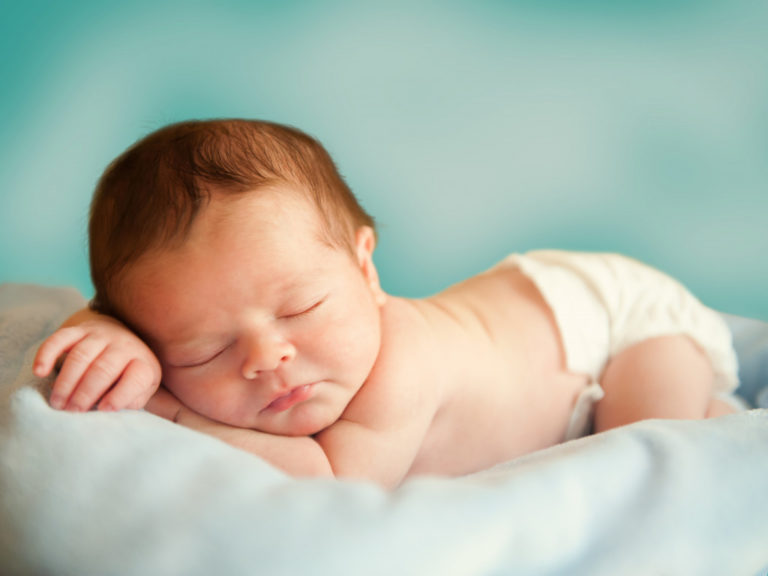Our homes are supposed to be the safest place a child could be. However, according to statistics, about 10.4 million emergency room visits by children are due to in-home accidents. The leading cause of these visits is falling, being struck by an object or person, allergies, and poisoning.
To avoid these unfortunate incidents, which sometimes lead to death, parents should put extra effort into baby-proofing their homes. First-time parents may be wary of this one, but experts highly suggest putting measures to ensure children’s safety, particularly toddlers and infants.
There are plenty of things you need to consider when you plan on baby proofing your home. You need to see your home from a baby’s perspective to determine what could be potentially dangerous for your child’s safety. To guide you, here is a checklist of potential hazards you need to mind.
How to Baby Proof Your Entire Home
Water Heater Setting
By the time kids turn 15 months old, they become fascinated with turning things and playing with knobs. To prevent your curious babies from getting scalded by hot water, set your water heater to less than 120 degrees. Furthermore, parents should not leave their children unsupervised in the bathroom.
Bathroom Access
Bathrooms are prime for in-house injuries and accidents. About changing the temperature of your water heater, you should also keep your bathroom doors secured at all times and toilet seats covered with child-proof locks. Also, cleaners and medications should be securely locked away in cabinets.
Baby’s Crib
Even baby cribs can be a potentially hazardous place for your baby. Between 2011 to 2012, data indicated that around 36 deaths occur every year due to cribs and crib mattresses. Adie from determining the appropriate crib-rail height, parents should not place unnecessary objects in the crib. Even blankets could be hazards.
Heavy Objects
When babies turn six months old, they start moving around, rolling, and playing on the floor more often. Parents should be wary of the potential dangers lying around. Make sure all furniture is secured and that heavy objects, such as televisions, are removed from the surfaces.
Electrical Outlets
Babies are inherently curious, and they cannot resist sticking their fingers or tiny objects on those electrical sockets all over your house. To prevent electrocution, plug up outlets with plastic covers. You could even go further as to replace your electrical plates with spring-loaded outlet covers.
Window Blinds
Babies love to put things around their necks. Unsecured Venetian blind cords are often the cause of accidental strangulation that could often lead to death. To prevent this unfortunate event from happening, keep those cords out of reach or opt to replace window coverings with cordless options.
Stair Barricade
There is yet no need to install stair gates when your child is still a newborn. But, once your child starts moving around, it is high time to install those stair barricades. Experts suggest installing two baby gates. One at the top of the stairs and the second at the bottom of your stairs.
Floors
With your infant or toddler prancing all over your house, keeping your floor clean and free from any hazards is important. Remove all small objects within reach, clear pathways from wires and cords, and implement a no-shoes policy. Opt for hardwood floors as they are much easier to clean than carpets.
Plants and Planters

The sight of greeneries all over your house makes it look refreshing and beautiful. However, they could pose a potential threat to the safety of your baby. Some plants are deemed to be poisonous when eaten. Thus, consider either moving them out of the house or putting them in an off-limits room.
Hazardous Products
The sight of bright-colored containers is tempting to toddlers. Babies would likely reach out to toxic household products such as paint, laundry soap, and cleaners. To prevent them from ingesting these materials, consider placing them on high and locked cabinets. The same thing goes for medicines and alcoholic beverages.
Sharp Corners
Around four months old, babies will start to pull themselves up by gripping on furniture. By the time they are 12 months old, they will take their first unassisted steps. Since they still have poor control over their balance, make sure that all your furniture and house are secured with edge and corner guards.
There is no such thing as over-preparation. As they say, it is better to be safe than sorry. Thus, by baby proofing your home, you can be sure your little ones will grow up in a hazard-free and healthy home environment.

